中国人 — Čeština — Deutsche — Italiano — 한국어 — Português — Español
The CrossFit Community: More Than the Sum of Its Parts
February 6, 2023
In 2015, CrossFit was invited to Harvard Business School. They’d done a case study on our business model — CrossFit had seen exponential growth using methods wildly divergent from the textbooks, and they wanted to know how we did it.
Around the same time, we were also invited to Harvard Divinity School. We’d been called a cult enough times that maybe this was not so surprising!
We were invited because the authors of “How We Gather” likened CrossFit to church in terms of the purpose it serves in people’s lives — particularly for millennials, who were less inclined to be religious in the traditional sense yet sought out secular experiences and communities that fostered a similar sense of purpose and belonging.
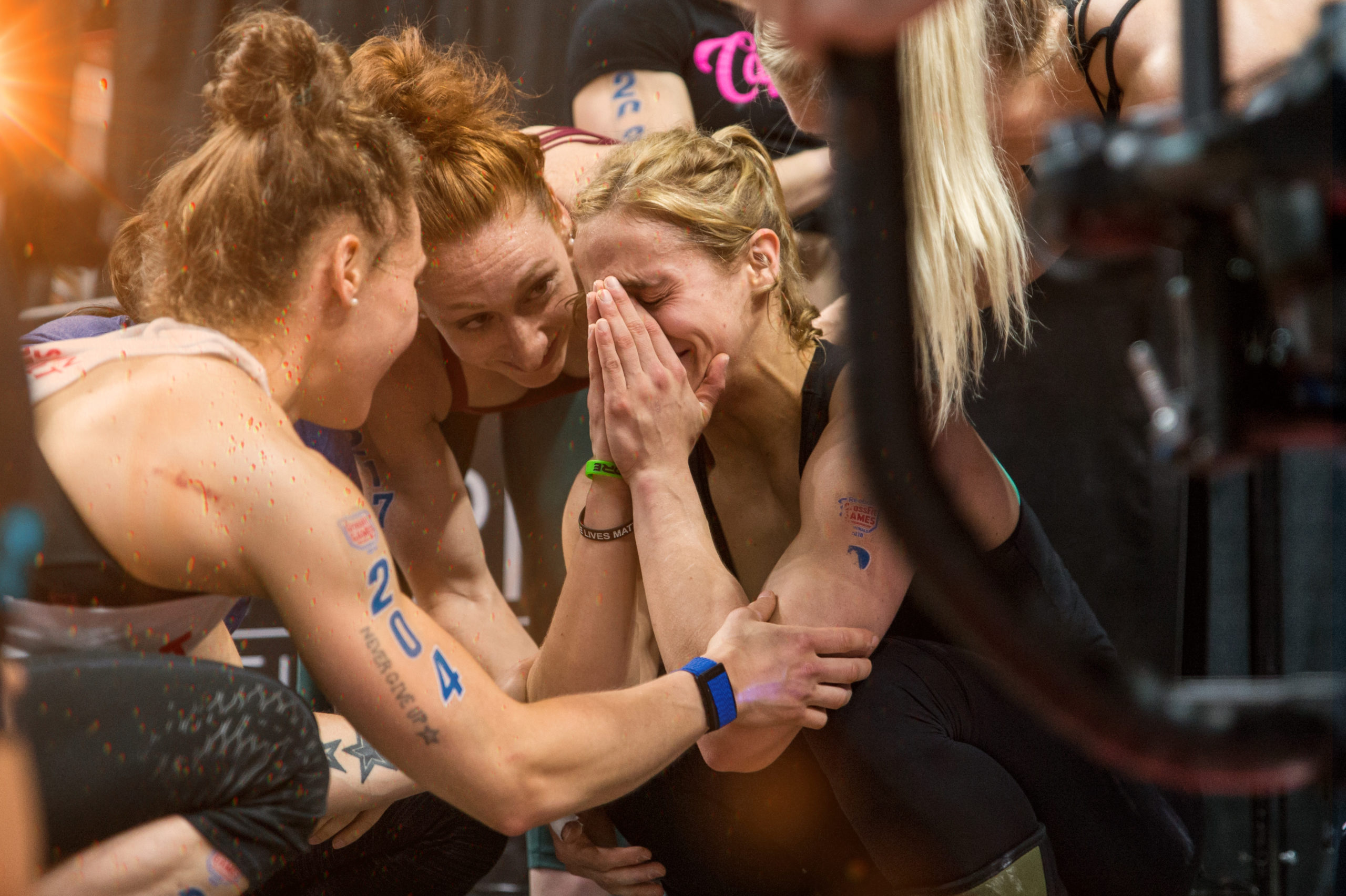
Most striking to me was a question from a woman in the audience at the Divinity School event. She said:
If you start from the basic premise that a lot of faith traditions ultimately boil down to ‘love each other,’ it strikes me that … you figured out somehow a Trojan-horse mechanism to get people to that end, starting with a goal that’s about fulfilling your genetic potential and going out and being your best possible self. But then in the end, people really do love each other a lot and show up in their behaviors in that particular way. So I guess my question is, do you see CrossFit as a mechanism for inculcating a certain set of values through the back door? … Or is it a mechanism through which people with very different values come to love each other?
The notion of a “trojan-horse mechanism” really struck me. It’s so very true: People walk into a CrossFit gym thinking they are getting “just a workout,” but they end up with so much more.
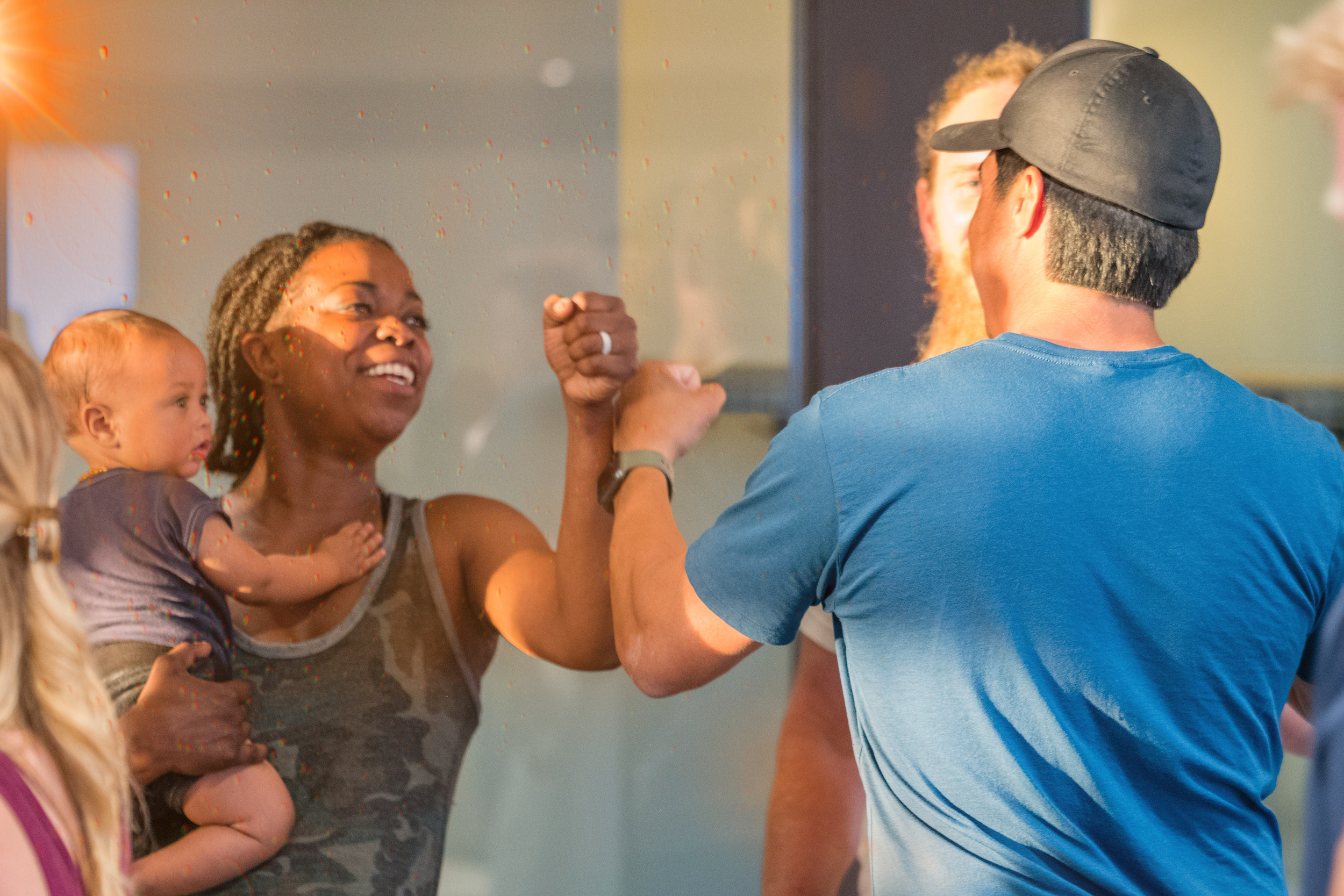
The first time I understood that — really understood it, in a deep way — was back in 2005. Lauren Glassman wrote a workout on the whiteboard. It was 3 rounds for time of 10 hang power cleans, 7 muscle-ups, and 50 air squats. This was to be filmed for the website, and Annie Sakamoto, Eva Twardokens, and myself were to be the demo athletes. At the time it was written — and subsequently posted to CrossFit.com — it had no name, but during editing, Lauren set the effort to the song “Nasty Girls” by Nitty, and it became known as such from then on.
I had trained with Annie and Eva every day up to that point, and while each of us had our strengths and weaknesses, generally speaking, I was close to them in terms of times, loads, etc. This might surprise you if you watch the video until the end, because I was about three minutes behind Eva’s time and four minutes behind Annie’s. There was nothing “close” about this one. The muscle-ups were particularly devastating for me. Until then, I’d not done more than sets of 1 or 2 reps to practice and refine the skill. Three rounds of 7 was brand-new territory for me. (Likely it was new for the other women as well — they simply did it better than I did at that time.)
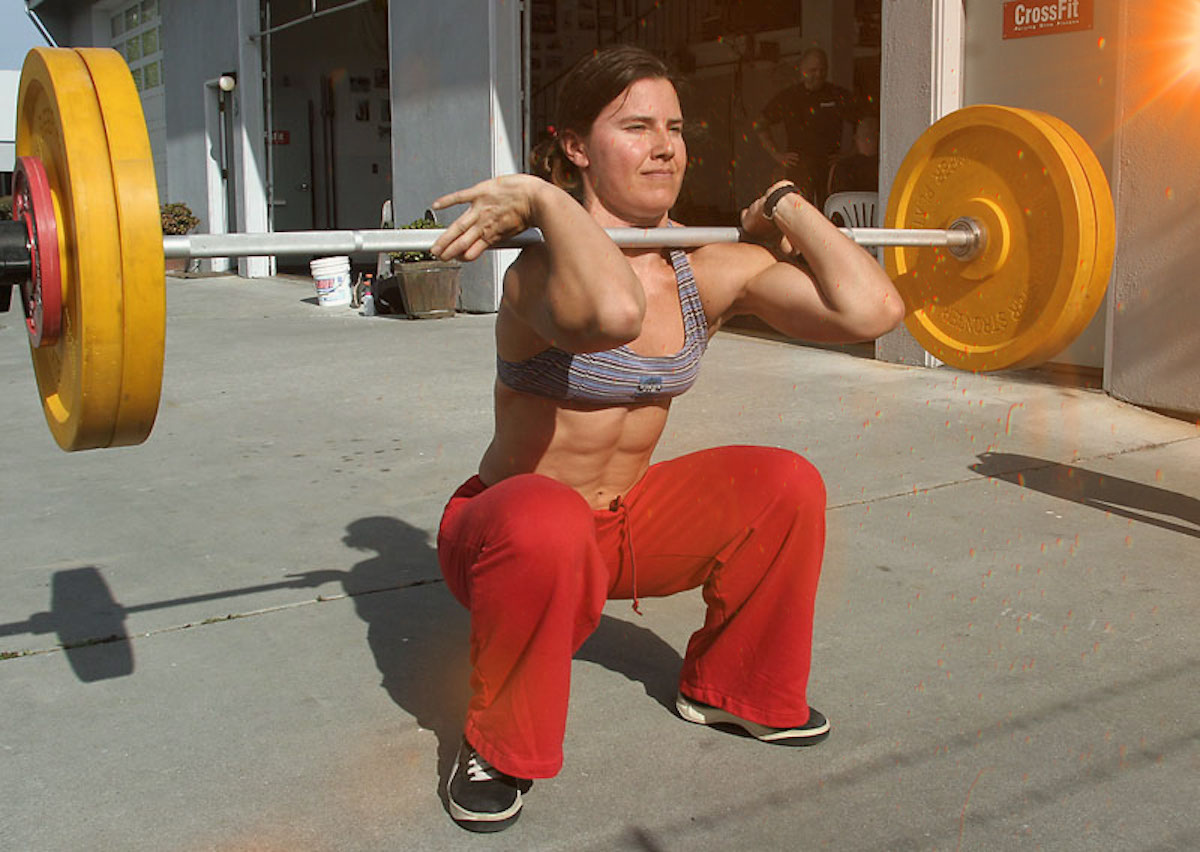
Eva
I will never forget the feeling of standing there at the rings watching the other two women blow past me; struggling, praying to will my shoulders out of muscular failure. This would have been upsetting enough without being filmed, but the camera capturing every moment of my pathetic performance added insult to injury. It was painfully obvious: I was losing. And losing badly. All I wanted was to finish that damn workout, but my body just would not help me out. I started to panic and lose composure. Finally, I eked my way through a poor excuse for final muscle-up and finished out the cleans with all the drama of a novice competitor.
When it was over, I cried. I felt like an utter failure. I was embarrassed. I’d let my coaches down. I’d lost badly, and I wanted nothing more than to hide under a rock.
But not long after the video went up on the CrossFit website, Greg called me. “You’ve got to take a look at this,” he said. “Who knew the girl who came in last place would become the hero of the whole damn thing.”
The site was flooded with positive comments (there were just as many kudos for Annie and Eva as there were for me; I’m not sure I was treated like a hero, but I was also far from an outcast). Both the comments and the subsequent emails I received were incredibly supportive: People said they were inspired by my effort, that they now understood what it meant to push oneself in these workouts, that they were grateful for my display of courage — I was blown away. I had lost — my imperfection was on display for all to see — and they loved me anyway.
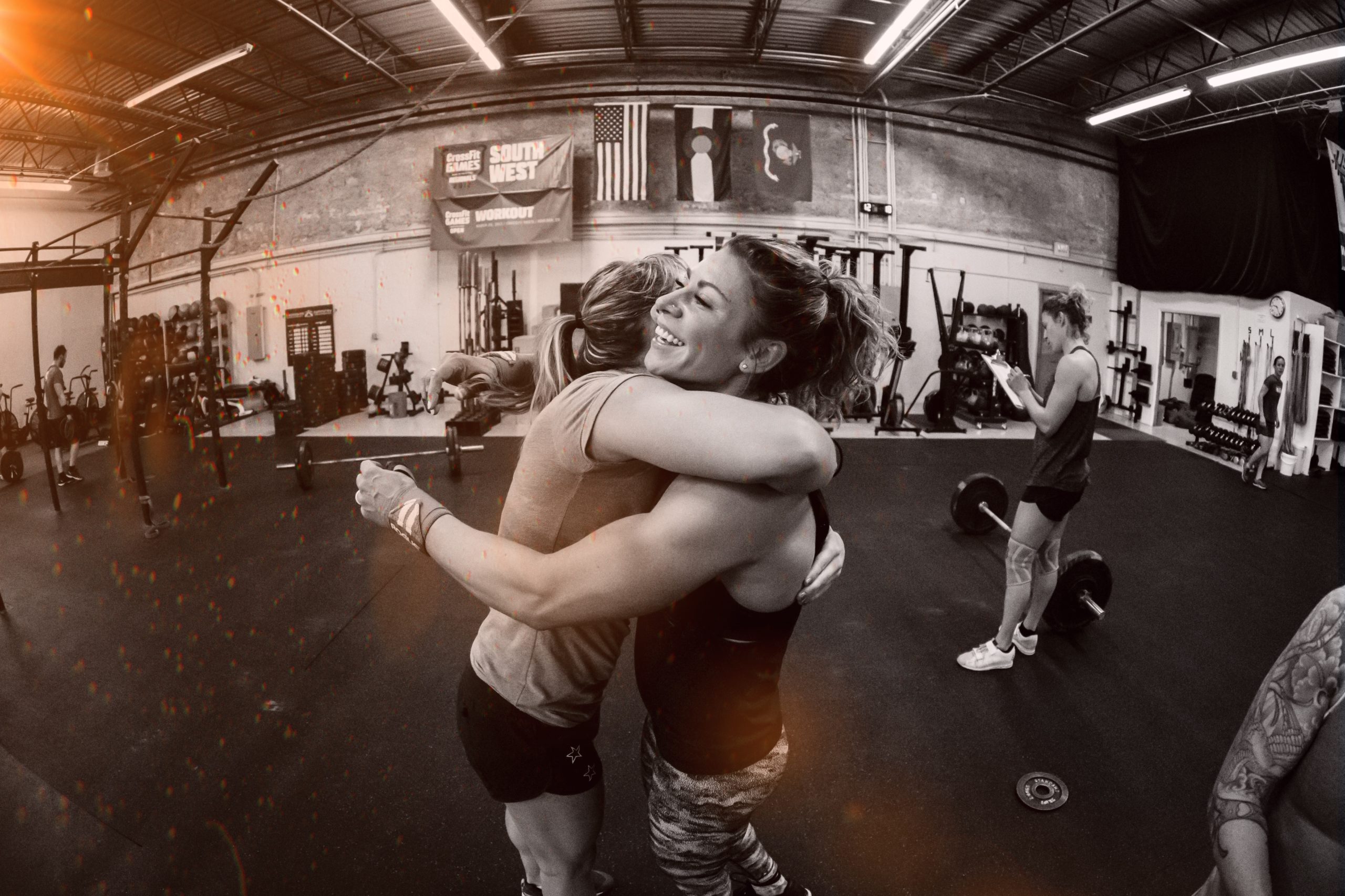
I began to realize that even though I had lost against Annie and Eva, in the eyes of the CrossFit community, my effort was a win. I was pinned up against my physical and psychological tolerances and I held myself there. Not only did people appreciate witnessing this, but they also were inspired to push themselves just as far — to see how far they could go.
That was the first time I understood that a broader culture was cultivating itself beyond the walls of CrossFit Santa Cruz. That there was something more to CrossFit beyond the workouts themselves that was being created because of the people attracted to it.
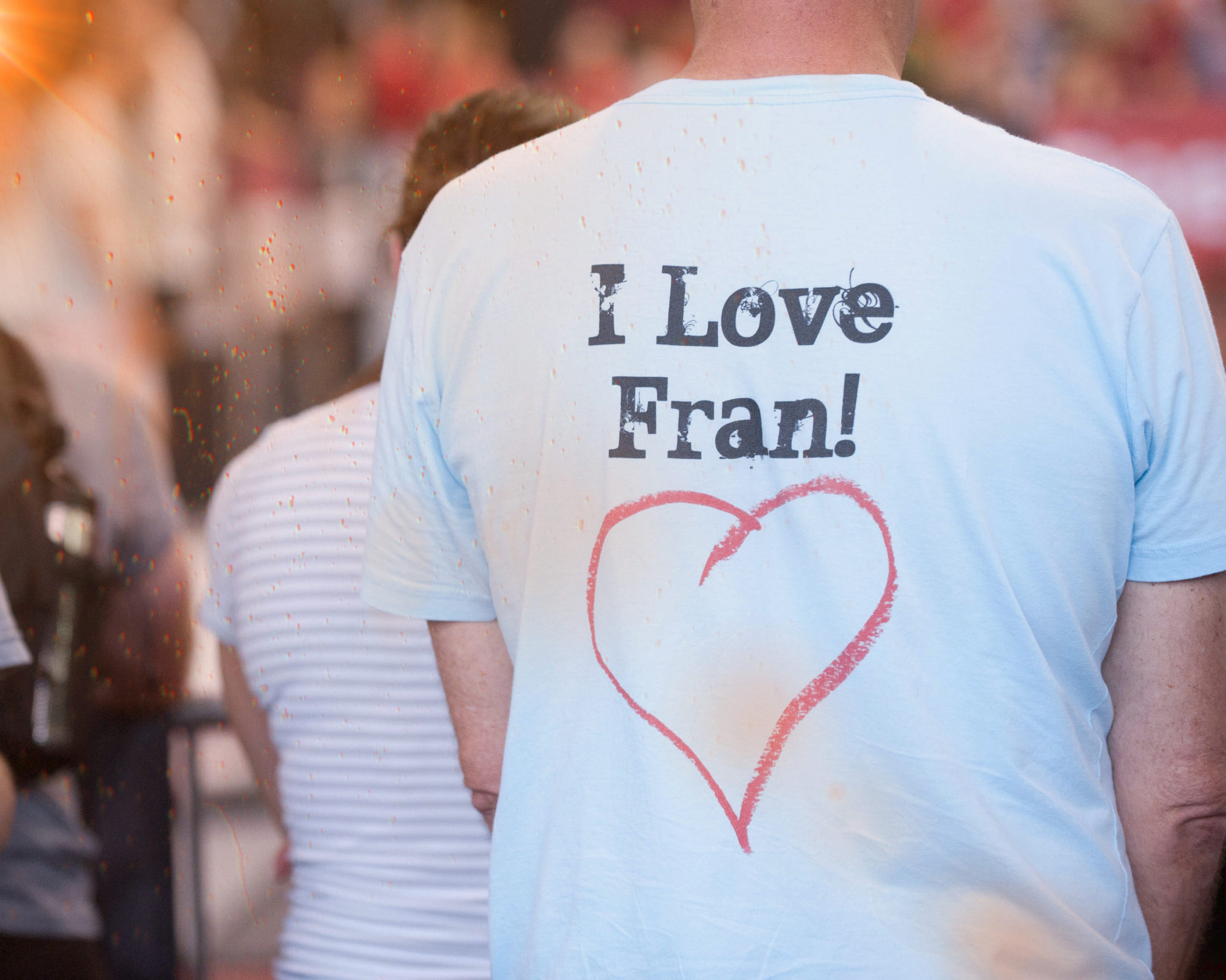
We planted the seeds when we put out a set of uncompromising standards. We said, to succeed (to get results), you need to work hard against these standards. We will meet you where you are and we will support you, but, to borrow phrasing from Brian Chontosh’s Diesel Day course, we will not “move the goalposts.” Put bluntly, we will not coddle you; we will not lower the standard because it’s hard. We maintain the standard because it is in the effort against what is hard that we develop as human beings.
Simon Sinek calls these “red hats”: signs and symbols that represent what we believe and attract others who believe it, too. The people attracted to CrossFit understood the uncompromising work-hard-and-be-better values we signaled. They understood that the best things in life come from deep accountability — and they reinforced those values by practicing them and bringing them to life.
In her book “Learning to Breathe Fire,” J.C. Hertz put it like this:
CrossFit demands courage and an appetite for discomfort. It presses the whole person, mind, body, and spirit, against the whetstone of strain and fatigue, and people must choose to stay there until they are sharp. It changes people. It alters their identities, and binds them.
This, I believe, is how CrossFit becomes more than the sum of its parts. By remaining steadfast in our uncompromising standards, we attract — and cultivate — “our people,” and we give each other an opportunity to push beyond our perceived limits. The standard is the standard, and while CrossFit is infinitely scalable, we don’t move the goalposts to make it easier or more comfortable. CrossFit both attracts and develops grit.
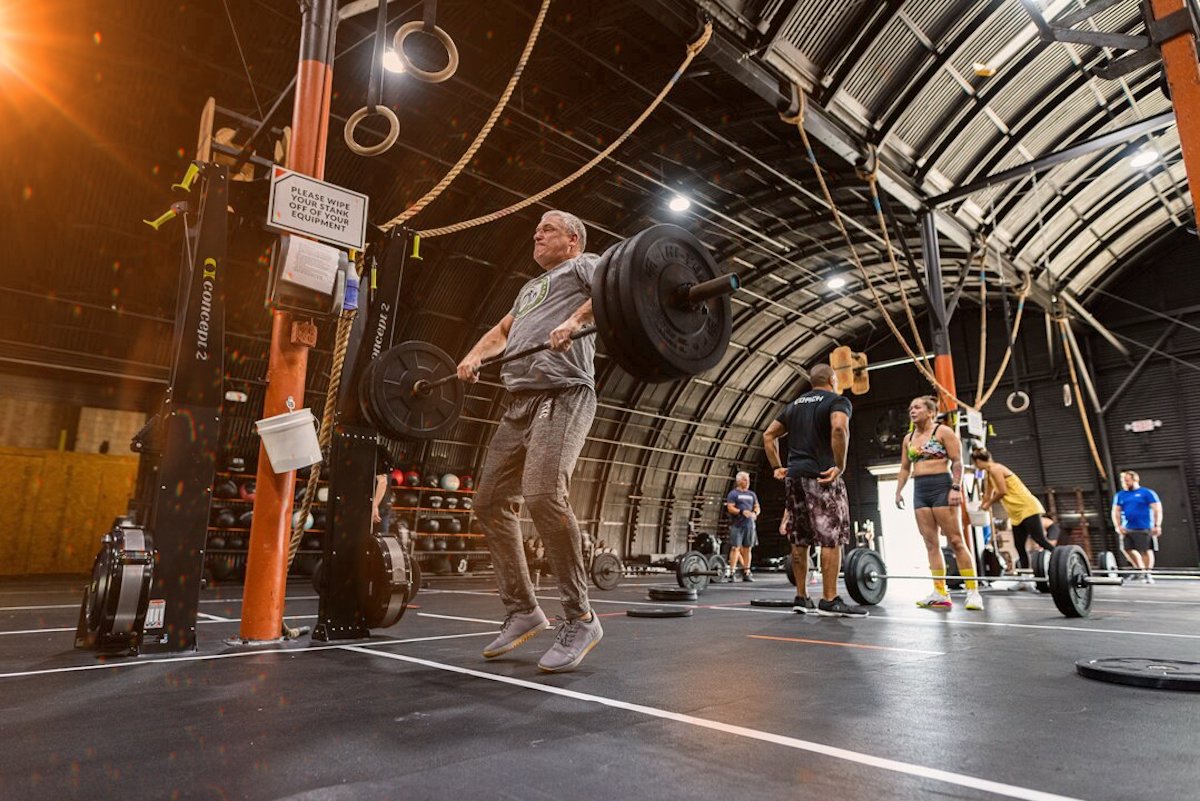
It may seem counterintuitive, but I believe our rigorous standards create the belonging, camaraderie, and sense of shared triumph CrossFit is known for. When you push yourself to your limit, when you work right at your edge, it isn’t always pretty. Your tidy, protective layers go out the window. You let people see who you really are. This is true vulnerability, raw and real.
CrossFit offers access to something typically available only to those performing at an elite level: the opportunity to step beyond a threshold of effort and comfort, to commit fully, and to really, truly stretch yourself. Every single person who does a CrossFit workout, no matter their age or their ability, has this opportunity in front of them. CrossFit is a safe place to push yourself into new territory of being.
Like anything else in life, sometimes you win, sometimes you lose. Sometimes you look like a badass, sometimes you’re a crying mess. But no matter how hard you struggle, we won’t let you give up on yourself. We love you anyway.
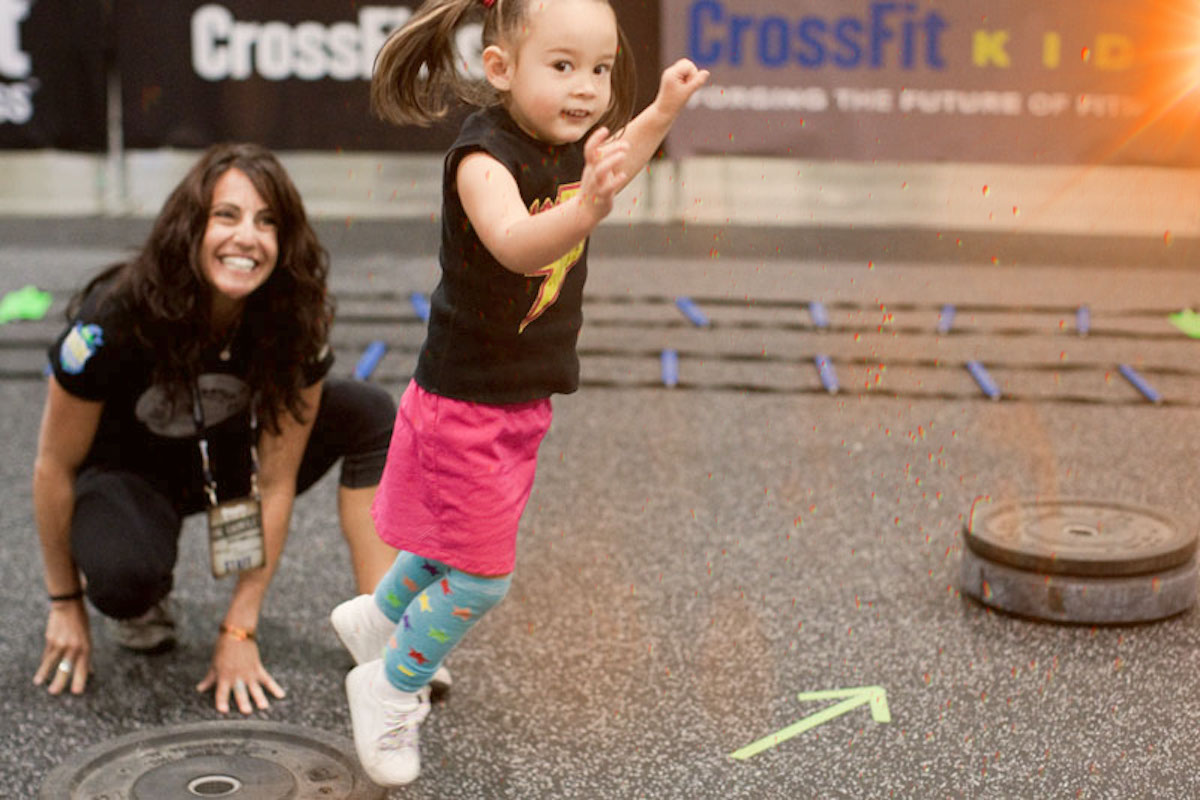
From this lens, it makes sense that CrossFit breeds community. Authenticity, humility, respect, belonging, camaraderie — no wonder this culture flourishes. No wonder tight, lifelong bonds form. When we show up honestly and imperfectly and stretch ourselves to our limits; when we celebrate each other, when we succeed and pick each other up when we fall, community is a natural outcome. A community that extends beyond the walls of the gym — just like the results we gain from our efforts within it. From there, the community becomes a self-perpetuating force as it continues to nurture the culture that created it.
This to me is the real magic of CrossFit. It’s what happens when you pull everything together: the methodology and the ethos and the coach and the people attracted to all of it who take the chance to step into one of our gyms and give it all they’ve got. Put these elements together and something even bigger and better comes out: an experience that reminds you of your potential as a human; that tells you you’re home.
We never set out to create a community. Just like we didn’t devise our values or methods in a boardroom, that fierce sense of community and loyalty developed naturally. I think of it like that Trojan horse: Someone might come to CrossFit because they want to try it, because they want a good workout, because they want to improve their health in some way. They aren’t necessarily looking to challenge themselves beyond their limits. But they show up, they put in the work, and the community — this human spark — keeps them coming back. In time, that community becomes something more than a bunch of good people sweating it out together. It becomes a lifeline.
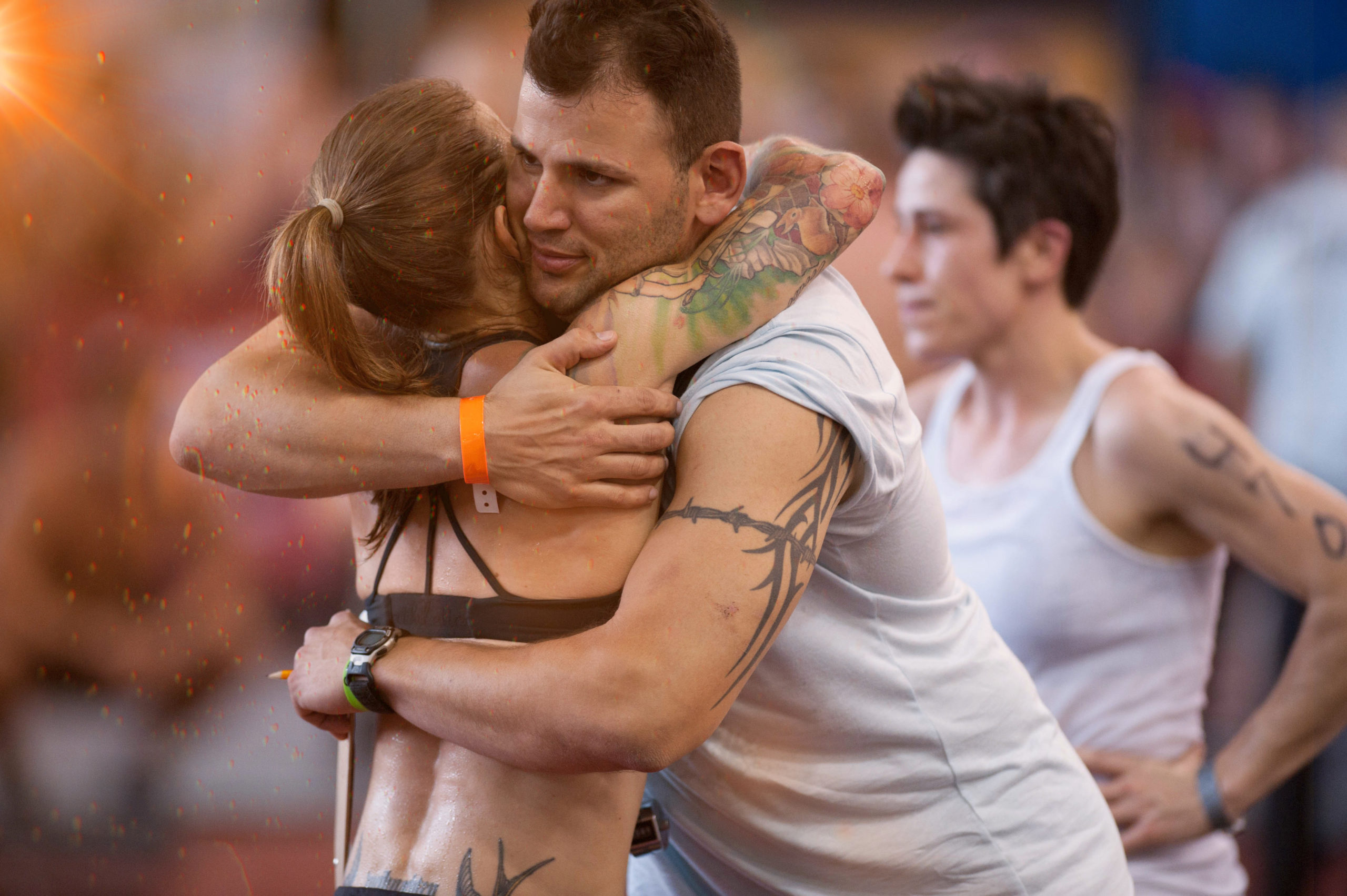
In 2005, when I was blown away by the community’s response to Nasty Girls, I had no concept of this. All I knew was that I was loved, not just in spite of my imperfect performance, but perhaps because of it.
Since that day, I’ve taken comfort in knowing that whatever happens in my life, I always have CrossFit. No matter where I am in the world, I can find a CrossFit box and feel a sense of belonging, of being at home. CrossFit has become my foundation, a stabilizing force in my life. This is the real reason I am so passionate about preserving our uniqueness. It’s why I’ve been exploring the magic of CrossFit in this article series in the first place. Because I want to know that this lifeline will always be available to me and anyone else who needs it for years to come.
No matter what comes our way, together, we can survive and thrive. That’s the real promise — the real magic — of CrossFit.